Resident Faculty
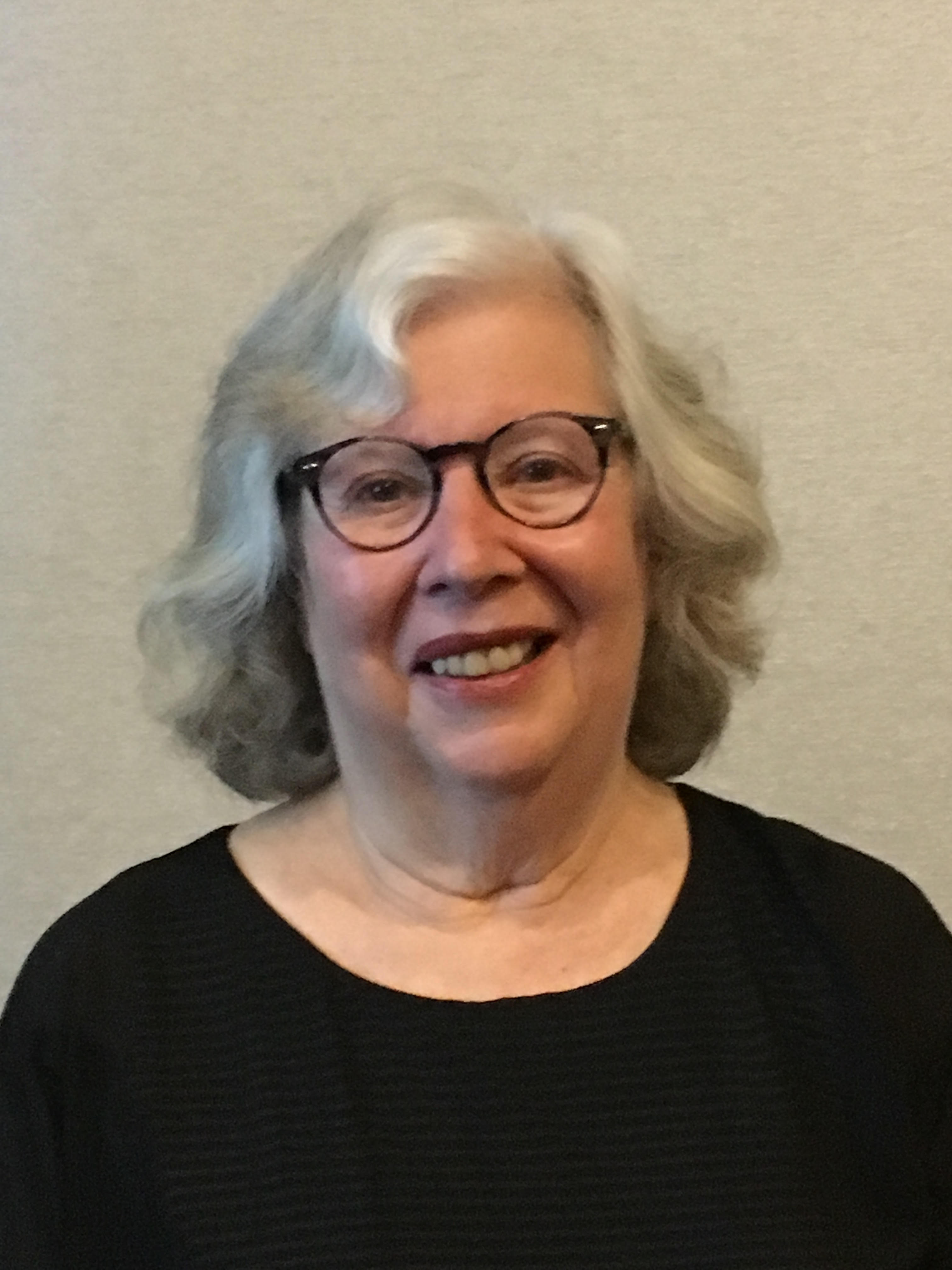 | Helen M. Berman Board of Governors Distinguished Professor Emerita Chemistry & Chemical Biology, School of Arts & Sciences Director Emerita, RCSB Protein Data Bank Founding Director, Center for Integrative Proteomics Research Resident Member, Institute for Quantitative Biomedicine From 1998-2014, I was the Director of the Research Collaboratory for Structural Bioinformatics Protein Data Bank (RCSB PDB). RCSB PDB is a member of the Worldwide Protein Data Bank (wwPDB) that manages the PDB archive of information about the structures of proteins, nucleic acids, and complex assemblies. I play a leadership role for the EMDataBank and am working to develop infrastructure for the archiving of structures determined using Integrative/Hybrid Methods. The work on these projects has been informed by our research and studies in structural biology, in particular protein-nucleic acid interactions, collagen, binary and ternary complexes with catabolite activating protein (CAP), and nucleic acids. Currently, we are working in new classification schemes for transcription factors with a focus on understanding the details of the protein-nucleic acid interface. Most recently I am working on how to use film to communicate to a broader audience about the importance of structural biology in medicine and health. | Proteomics Building Room 208NP 848-445-4667 |
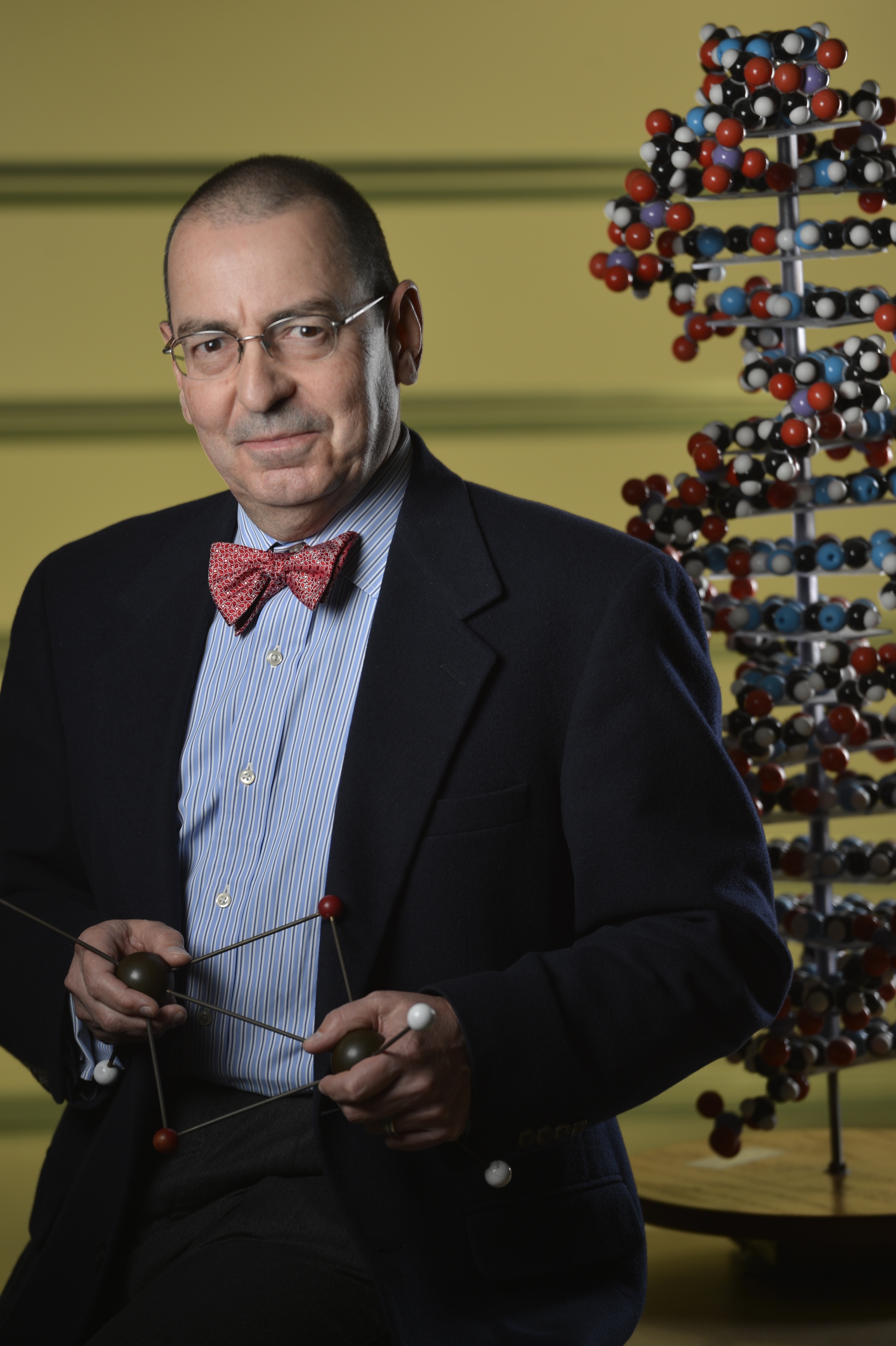 | Stephen K. Burley, M.D., D.Phil. University Professor & Henry Rutgers Chair Founding Director, Institute for Quantitative Biomedicine Director, RCSB Protein Data Bank Chemistry & Chemical Biology, School of Arts & Sciences Member and Cancer Pharmacology Program Co-Lead, Rutgers Cancer Institute of New Jersey As University Professor and Henry Rutgers Chair, Founding Director of the Institute for Quantitative Biomedicine at Rutgers, The State University of New Jersey, and a Member of The Cancer Institute of New Jersey, I aim to foster interactive networks of research groups that utilize multidisciplinary approaches to address important biological and biomedical challenges. In my capacity as Director of the RCSB Protein Data Bank, dividing my time between Rutgers and the University of California at San Diego, I work to sustain open access to the single global archive of biomolecular structure data with >99% uptime 24/7/365. | Proteomics Building Room 117 |
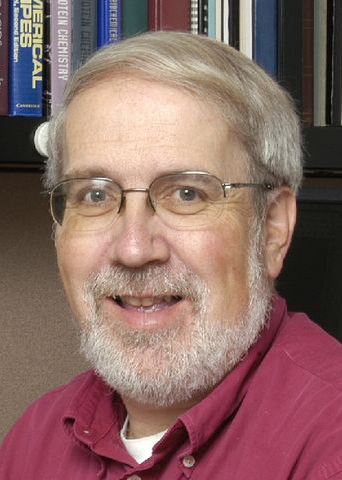 | David Case Distinguished Professor Chemistry & Chemical Biology, School of Arts & Sciences Resident Member, Institute for Quantitative Biomedicine Our group studies theoretical chemistry of biomolecules, using molecular dynamics simulations of proteins and nucleic acids, electronic structure calculations of transition-metal complexes that model active sites in metalloenzymes, and development and application of methods for NMR structure determination. | Proteomics Building Room 208AB 848-445-5885 |
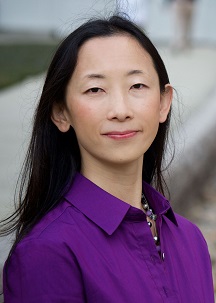 | Wei Dai Assistant Professor Cell Biology & Neuroscience, School of Arts & Sciences Resident Member, Institute for Quantitative Biomedicine Associate Member, Rutgers Cancer Institute of New Jersey Our research focuses on charactering the structures of macromolecular machinery in their cellular context using three-dimensional (3D) cryo-electron tomography (cryoET) and correlative light and electron microscopy. Structures of intracellular macromolecular complexes are usually heterogeneous and dynamic, relying largely on interactions with other cellular components. Using cryoET to determine the structure of cellular machinery inside the cell avoids damage to the complexes during purification, captures snapshots of the complex while in action, and provides information on cross-talk of the complexes with their cellular partners during biological processes. Our current research interest includes: Huntington's disease: structure and organization of protein aggregates; 3D architecture of the diseased cells under misfolded protein aggregation stress & Structural biology of phage/virus maturation. | Proteomics Building Room 208G 848-445-6560 |
 | Shuchismita Dutta Principal Investigator I am a structural biologist, dedicated to promoting a molecular structural view of biology and medicine. I work with educators to develop curricular materials and case studies for students (high school, undergraduate, and graduate) to learn about biomolecular structures and visualization. I am also committed to STEM Education, and interested in Science Pedagogy. | Institute for Quantitative Biomedicine Room 134 848-445-4915
|
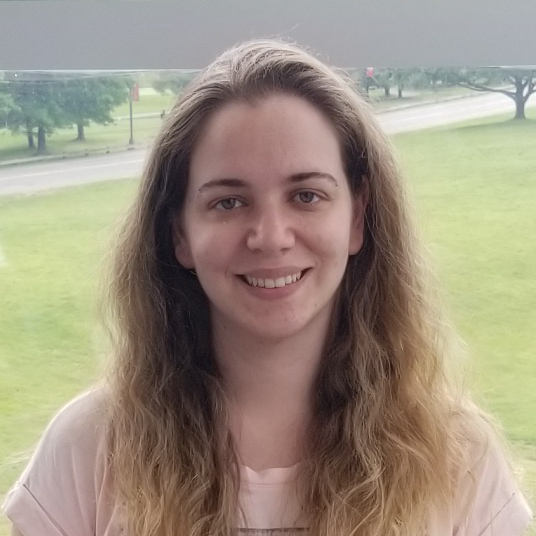 | Solen Ekesan Assistant Research Professor Laboratory for Biomolecular Simulation Research (LBSR) Institute for Quantitative Biomedicine (IQB) I'm interested in the wiggling and jiggling of atoms that makes chemistry, physics and especially biology work. I study structure and mechanism of biological molecules using computational chemistry tools which I also help develop | Proteomics Building Room 308H 848-445-5223
|
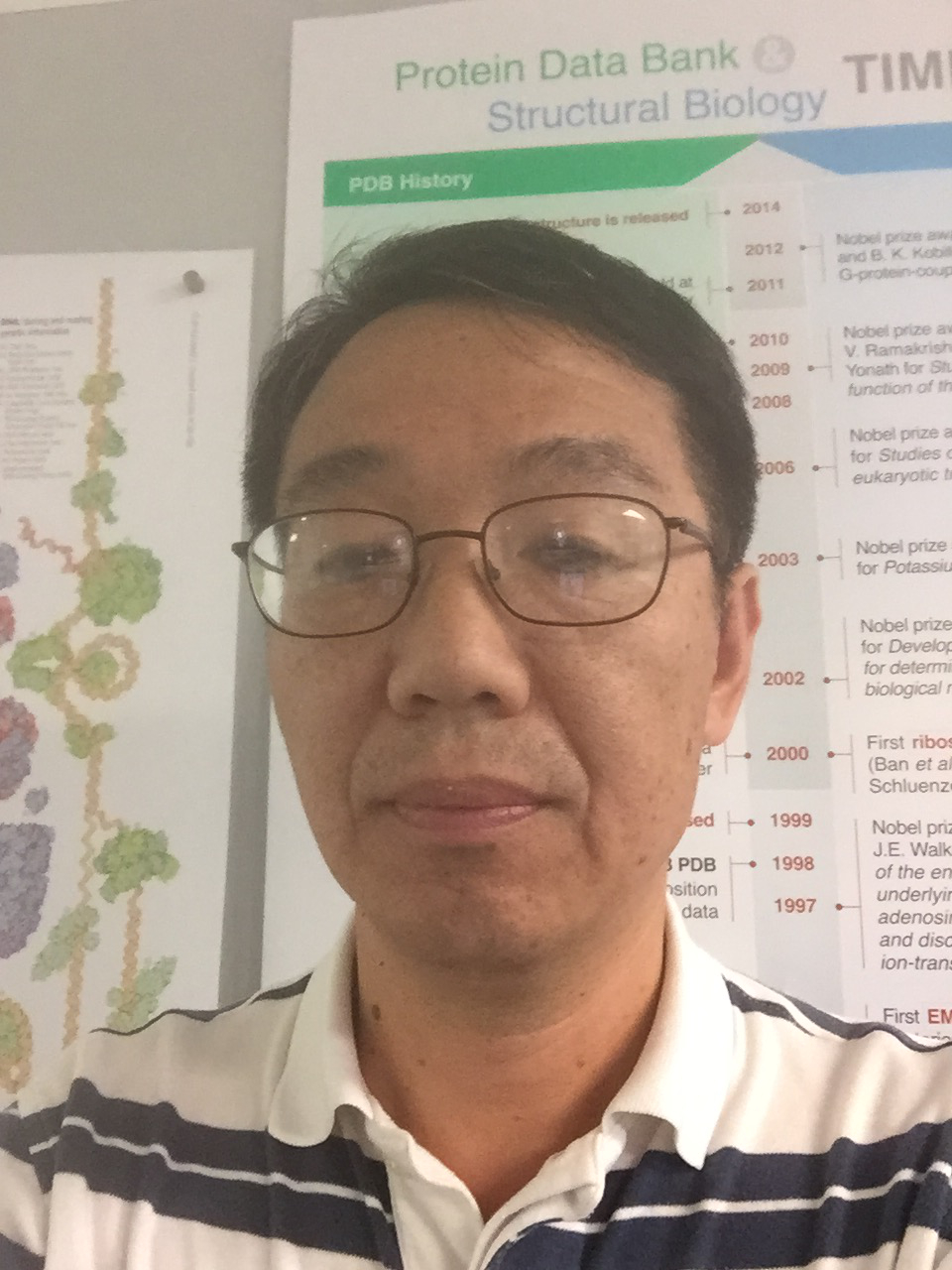 | Zukang Feng Research Professor at IQB RCSB Protein Data Bank My research interest focuses on developing tools for data acquisition, data validation, data standardization, and data analysis in the structural biology. | Proteomics Building Room 113 |
 | Abir Ganguly Assistant Research Professor Laboratory for Biomolecular Simulation Research (LBSR) Institute for Quantitative Biomedicine (IQB) My research interests lie in understanding structure-function relationships in nucleic acids and proteins and in the development and application of novel computational tools that facilitate the process. In the last few years, my main focus has been to investigate the mechanisms of a class of small RNA enzymes, or Ribozymes, that serves as important model systems for studying RNA catalysis. These systems have vast applications in the field of chemistry, biology, and medicine. In parallel, I have been interested in developing methodologies that can provide predictive insight into the properties of these complex biomolecules. Of particular interest are methods to accurately estimate local free energy changes in complex biomolecules. Accurate free energy methods are fundamental for several important questions, such as measurement of microscopic pKas of amino acids/nucleobases in protein/nucleic acid environment or identifying suitable drug molecules | Proteomics Building Room 308H 848-445-5223 |
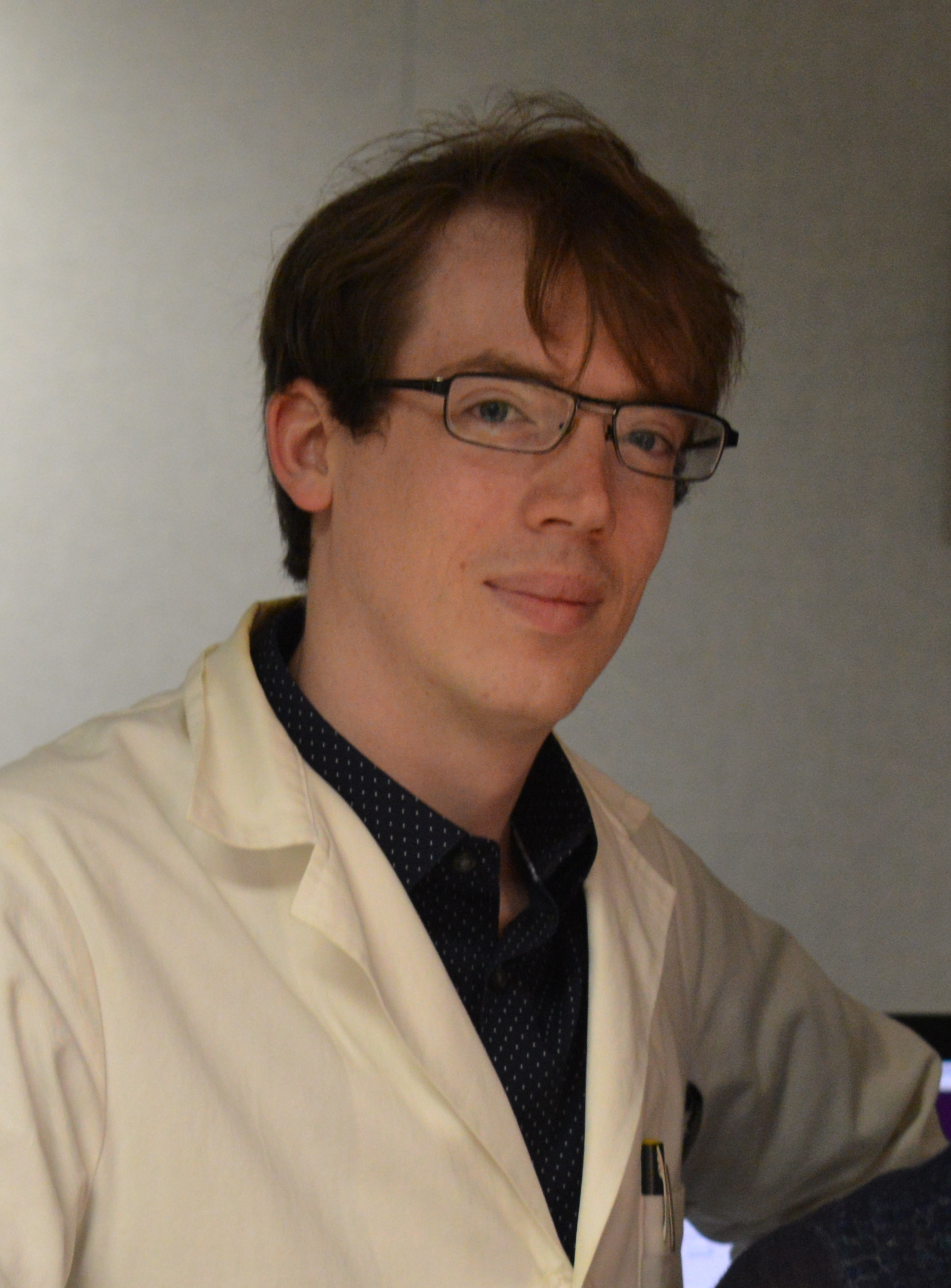 | Jason Kaelber Director, Rutgers New Jersey CryoEM/CryoET Core Facility Associate Research Professor, Institute for Quantitative Biomedicine As director of the cryoEM/ET core facility, I support structural biology research across the IQB and Rutgers community via scientific collaborations, technical services, and the development of new methods. Cryoelectron microscopy can solve structures of biomolecules in their native states at atomic resolution; it is fundamentally a single-molecule imaging technique, and by developing project-specific strategies, we can test hypotheses over a set of individual molecules. Additionally, I investigate the deep evolutionary history of viruses through comparative structural analyses. I have a specific interest in ssDNA viruses including their potential applications. | Institute for Quantitative Biomedicine Room 010D 848-445-5302 |
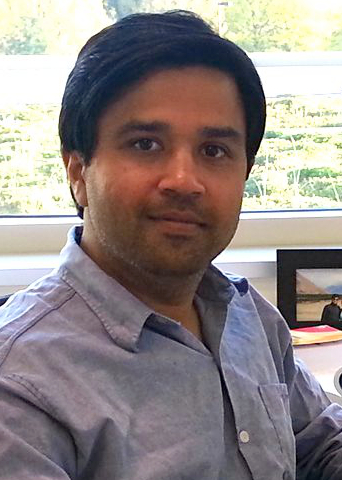 | Sagar Khare Professor Chemistry & Chemical Biology, School of Arts & Sciences Resident Member, Institute for Quantitative Biomedicine Graduate Program Director, Quantitative Biomedicine The Khare lab seeks to develop new enzymes and proteins using a combination of computational protein design and experimental characterization. Our goal is to develop a quantitative and predictive understanding of enzymatic structures and functions and use this understanding to inform various therapeutic and synthetic applications. Some areas of interest are biodegradation of pollutants, improving cancer chemotherapy, and designing catalytic protein drugs. | Proteomics Building Room 208M 848-445-5143 |
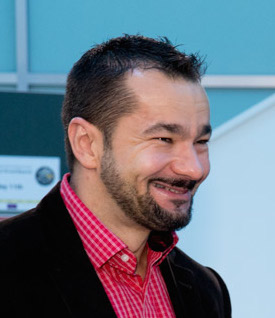 | Arek Kulczyk Assistant Professor Biochemistry & Microbiology, School of Environmental & Biological Sciences Resident Member, Institute for Quantitative Biomedicine Our laboratory integrates structural approaches, in particular single-particle cryo-electron microscopy (cryo-EM) and single-molecule techniques to study DNA replication and repair in human mitochondria. We also develop novel correlative light and electron microscopy (CLEM) methods that allow simultaneous visualization of an enzymatic activity and structure determination. | Institute for Quantitative Biomedicine Room 208H 848-445-4553 |
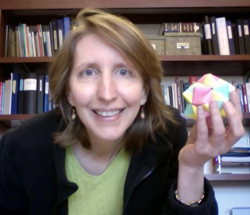 | Catherine Lawson Research Professor Emerita Institute for Quantitative Biomedicine My research explores the diverse landscape of biological structure-function relationships, with the goal of improving our fundamental understanding of life processes. My current projects involve structure database development (EMDataResource, Nucleic Acid Database, Protein Data Bank), with emphasis on improving representation of large biological assemblies. | |
 | Sang-Hyuk Lee Associate Professor Physics & Astronomy, School of Arts & Sciences Resident Member, Institute for Quantitative Biomedicine Lee lab is a single-molecule biophysics/biophotonics laboratory. Our lab features a wetlab, cell culture facility, and a one-of-a-kind single-molecule optical instrument. Utilizing advanced fluorescent microscopy, optical tweezers, and digital holography, we are pushing the limit of our understanding of biological processes at the single-molecule level. | Proteomics Building Room 308A 848-445-5286 |
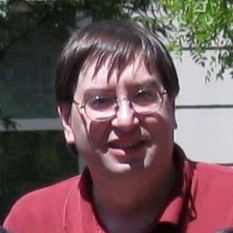 | Ezra Peisach Assistant Research Professor Chemistry & Chemical Biology, School of Arts & Sciences Biocurator, RCSB Protein Data Bank My research centers on the automation of biocuration activities, distributed computing and distributed infrastructure management of distributed of RCSB Protein Data Bank. | Proteomics Building Room 118 848-445-4948
|
 | Chenghua Shao Assistant Research Professor Chemistry & Chemical Biology, School of Arts & Sciences My research focuses on data curation and analysis at the Protein Data Bank (PDB). PDB provides free public deposition and distribution services on macromolecular 3D structures determined by experimental methods. As PDB data are broadly used in biomedical research, we develop system and methods for data process and validation, to ensure data accuracy and archive consistency. With combination usage of structure biology, biochemistry, and statistics, we also perform data analysis to find trends, patterns, outliers, and the underlying biological explanation, which enables better data collection and curation to improve data quality. In addition, I supervise curation on the structural and chemical data of ligands and drugs to ensure the PDB representation of such compounds is up to the standard for their usage in biomedical research. | Proteomics Building Room 118 848-445-4968 |
 | Brinda Vallat Associate Research Professor Institute for Quantitative Biomedicine PDB-Dev Project Lead I am a computational biologist interested in understanding the molecular basis of life. My research interests include modeling and analysis of biomolecular structure and function using data obtained from experimental and theoretical methods. I currently lead the PDB-Dev project, which is focused on building the infrastructure for archiving integrative structural models of macromolecules. Integrative modeling methods combine complementary information from various experimental and computational techniques to determine the structures of complex macromolecular assemblies. The complexities of handling different data types involved in integrative modeling provide challenging opportunities for data acquisition, standardization, archiving, validation and dissemination. | Proteomics Building Room 105 848-445-8377 |
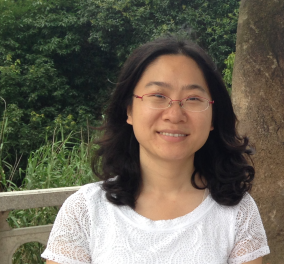 | Lu Wang Associate Professor Chemistry & Chemical Biology, School of Arts & Sciences Resident Member, Institute for Quantitative Biomedicine We develop and utilize theoretical and simulation methods to study the structure, dynamics and spectroscopy of biological systems. | Proteomics Building Room 208D 848-445-4555 |
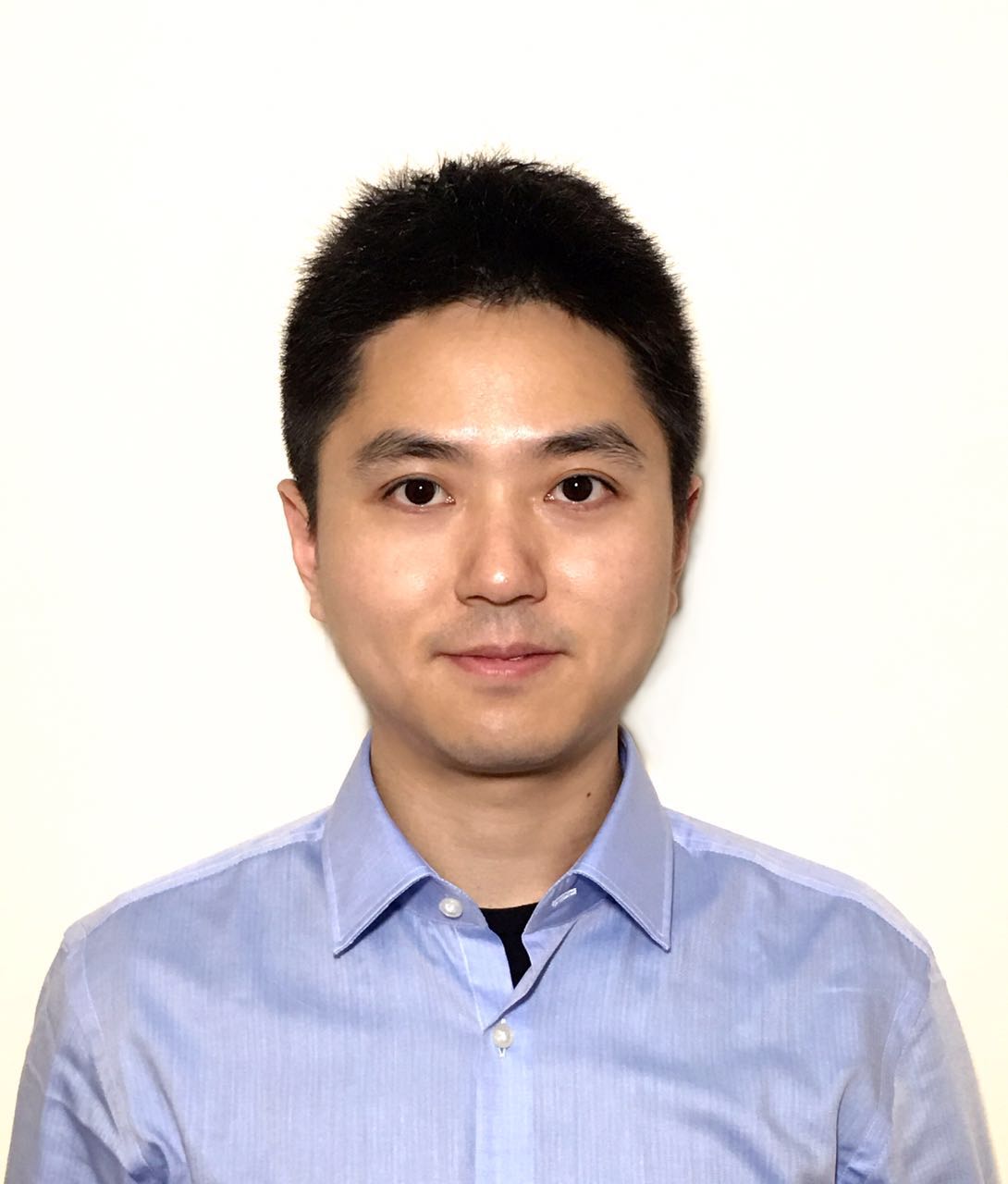 | Sijian Wang Professor Statistics & Biostatistics, School of Arts & Sciences Resident Member, Institute for Quantitative Biomedicine Our long-term research goal is to develop, evaluate, and disseminate effective statistical and computational methods to identify the biological mechanisms underlying complex diseases, and use the information to improve patient outcomes. We utilize advanced statistical and machine learning methods (including high-dimensional regression, causal inference, modern survival analysis, SVMs, boosting, random forest, deep learning and reinforcement learning) to addresses some of the most important statistical and computational deficiencies that are currently preventing the scientific community from turning valuable high-throughput measurements into meaningful results. | Institute for Quantitative Biomedicine Room 308D 848-445-4562 |
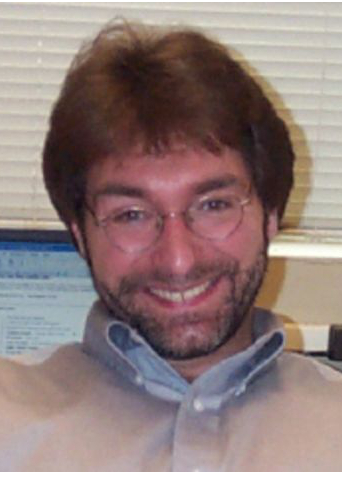 | Darrin York Professor Chemistry & Chemical Biology, School of Arts & Sciences Resident Member, Institute for Quantitative Biomedicine The York Group research involves the development of a broad range of theoretical methods aimed, ultimately, at providing the computational biology community with greatly improved tools for the simulation of biological macromolecules in solution. The main application focus of our group is on an extremely interesting and challenging area of biology: the study of the molecular mechanisms of RNA catalysis. This area is immensely important, not only from a fundamental biological perspective, but also for the design of medical therapies that target genetic disorders, and new biotechnology such as allosteric RNA chips. | Proteomics Building Room 308G 848-445-5199 |
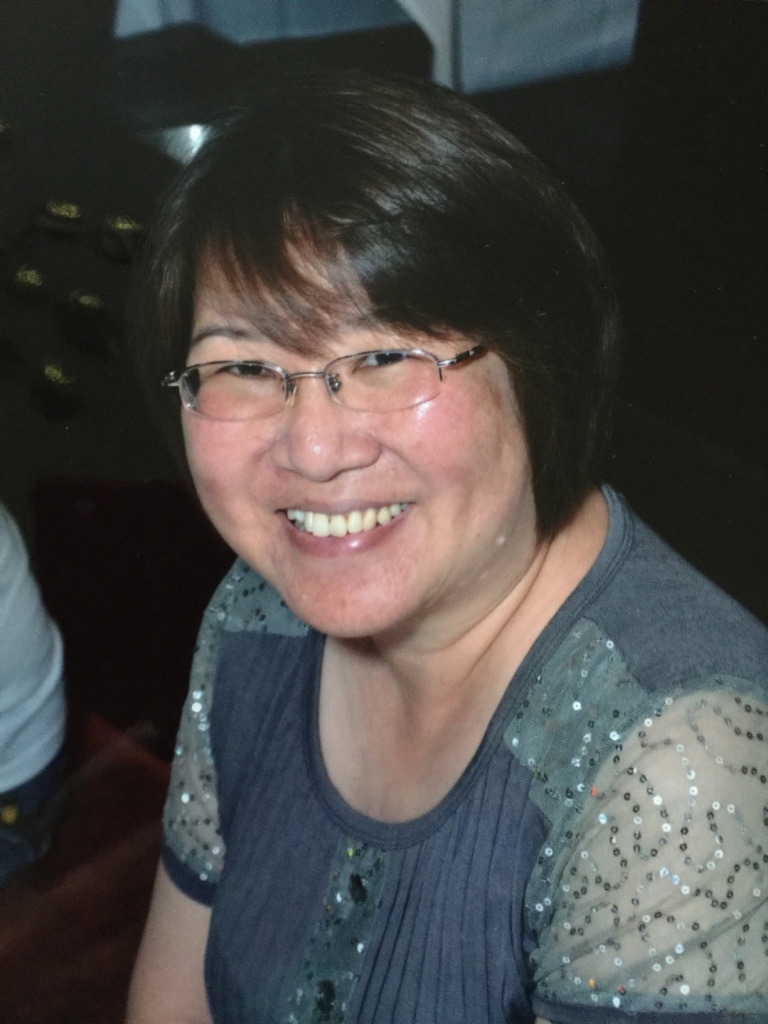 | Jasmine Young Research Professor Chemistry & Chemical Biology, School of Arts & Sciences Biocuration Team Lead, RCSB Protein Data Bank Global Project Lead, worldwide Protein Data Bank I oversee practices, management, and OneDep tool developments for data deposition, curation, validation, and remediation of the Protein Databank (PDB) archive to ensure data standardization, high quality and uniformity. Collaborating with wwPDB partners globally, I represent RCSB PDB to set common annotation practices and procedures, set data standards, and establish daily operation and weekly release procedures across wwPDB sites. I also manage wwPDB projects across wwPDB partners, including development of OneDep tools, data remediation, data analysis, and strategic planning. | Proteomics Building Room 111 848-445-4920 |
